May 14, 2025 | 08:56 GMT +7
May 14, 2025 | 08:56 GMT +7
Hotline: 0913.378.918
May 14, 2025 | 08:56 GMT +7
Hotline: 0913.378.918
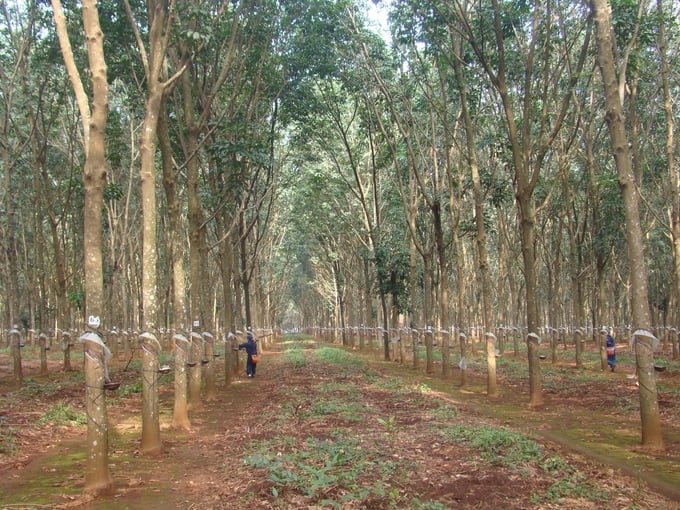
Rubber forests - a potential source for generating carbon credits.
At the beginning of 2022, the Prime Minister issued Decision 01/QD-TTg, which specified the list of sectors and nearly 2.000 greenhouse gas emission facilities required to conduct inventories (consuming 3.000 tons of CO2e or more). Subsequently, the government continued to issue Decree 06/ND-CP regarding the opening of a carbon trading floor in 2028, with pilot operations starting in 2025.
As a commodity linked to efforts to control and mitigate greenhouse gas emissions, carbon credits have been known in Vietnam for about the last 10 years. However, the issue only gained real momentum after Prime Minister Pham Minh Chinh made strong commitments to Net Zero at COP26 (2021).
One carbon credit is equivalent to a reduction or absorption of 1 ton of CO2e. For example, if a company reduces its diesel consumption by about 350kg in a year and has this certified by an authorized organization, it means they have generated 1 carbon credit that can be traded.
However, there is another type of "commodity" that can be traded on the global market, known as I-REC, which is used to measure renewable energy generation. One REC certificate is equivalent to 1 MWh of electricity (1.000 kilowatt-hours) generated from renewable sources, and it also applies to nuclear energy.
While carbon credits are awarded to projects that reduce or absorb greenhouse gas emissions, REC certificates are granted to renewable energy projects that generate electricity (including nuclear power). For companies' greenhouse gas inventory and reporting, REC certificates can help reduce indirect emissions from energy consumption purchased from external sources.
For example, in one year, a company consumes 2 million kWh of electricity, 50 tons of diesel for transportation, and 10.000 m³ of water, with 90% of its waste needing treatment. The total greenhouse gas emissions of this company are assessed at over 1.600 tons CO2e. However, thanks to the company having a grid-connected rooftop solar system in an area with an average solar radiation intensity of 5 kWh/kWp/day, the inventory shows a reduction of over 1.300 tons CO2e. As a result, the company is determined to emit only about 300 tons CO2e.
The REC certificate trading market is vibrant in North America and Europe but is relatively unfamiliar in Vietnam. One reason for this is that renewable energy has only recently been prioritized for key investment in the Power Plan VIII.
Despite this, the need for greenhouse gas inventory remains present across all sectors, with the energy sector aiming to reduce emissions and forestry seeking to enhance absorption.
The Intergovernmental Panel on Climate Change (IPCC) outlines three levels of inventory implementation. Tier 1, the simplest and most basic method, uses default emission factors from the IPCC or global databases.
The IPCC always encourages countries, organizations and individuals to use tier 2 and tier 3 methods for greenhouse gas inventories. In these methods, each entity strives to conduct its own experiments to achieve results that are appropriate and specific to its circumstances.
Based on this, the tier 2 method uses the same calculation formula as tier 1 but applies country-specific emission factors. This approach generally yields more accurate results than tier 1. However, its drawback is that it requires countries to have a large enough dataset, covering multiple sectors and fields. Due to a lack of such data, Vietnam faces significant challenges in applying the tier 2 method.
For the tier 3 method, the greenhouse gas inventory unit builds detailed calculation models or systems to directly measure emissions from factories and locations. By repeating over time and being supported by high-resolution spatial data, down to local or ecological region levels, this method provides the highest accuracy. However, it is also the most difficult to implement due to cost and resource constraints.
After Vietnam successfully transferred over 10 million carbon credits in 2023, the task of calculating carbon storage in biomass (forest carbon) became urgent.
Dr. Le Hai Hung, Director of the Institute for Research and Application of Technology (IRAT), explained that, according to the tier 1 method guided by the IPCC, the amount of CO2 absorbed is approximately equal to the mass of fresh biomass in woody plants. For example, if a tree has a fresh biomass (total mass of trunk, bark, roots and leaves) of about 500kg, it will absorb roughly 500kg of CO2.
A study on hybrid acacia trees in Ba Ria-Vung Tau province, conducted by the Forestry University in 2019, supports this observation. The fresh biomass of hybrid acacia forests aged 2 to 6 years ranged from 28.8 to 259.5 tons/ha. The total carbon storage of the acacia forests varied from 6.3 to 65.61 tons/ha, with the annual CO2 absorption of the acacia forests in the study area fluctuating between 11.7 and 40.1 tons/ha/year.
The research team used a method that involved setting up standard plots in acacia plantations, each covering about 500 square meters. Within each plot, the team measured the diameter at breast height, total tree height, and tree density. For each plot, a representative tree matching the average characteristics of the plot was selected, felled, and separated into components (trunk, branches, leaves). These parts were weighed on-site to determine the fresh biomass.
From the fresh biomass, the team conducted water extraction from the stems, branches and leaves using a drying method at temperatures ranging from 80 to 105°C for 6 - 8 hours, until the sample weight remained unchanged. The carbon content in the dry biomass was determined by multiplying the total weight of the stems, branches and leaves by the IPCC's default coefficient of 0.5.
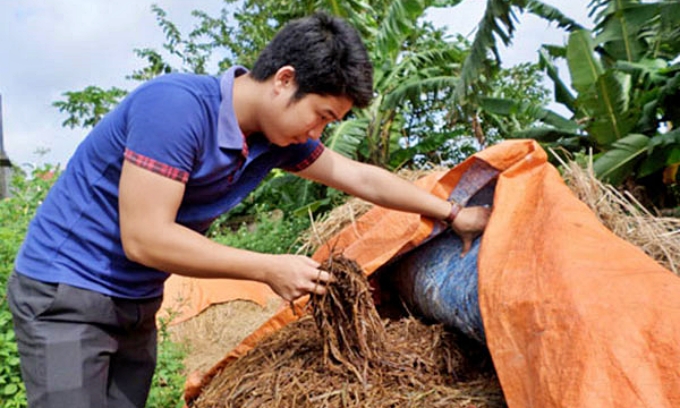
Composting straw is a simple method to help reduce emissions. Photo: TL.
In many technologically advanced countries, CO2 absorption measurements are determined using remote sensing technologies, which can be applied over large areas. This method is particularly effective for planted forests, where the trees are fairly uniform in species and size.
The calculation of CO2 absorption in forests can be performed using the tier 3 method of the IPCC, which involves carbonizing the entire tree biomass, then weighing and measuring the carbon content. The absorbed CO2 amount is calculated using the law of conservation of mass (based on atomic mass). This method is more accurate than using sample plots, but it also requires more time, effort, and modern equipment.
In addition to calculating forest carbon stocks, scientists also aim to determine the amount of CH4 and N2O emissions in rice cultivation. The common method today involves using transparent chambers with sensors placed inside. When CH4 and N2O are released, they are trapped inside the chamber. Since the pressure inside and outside the chamber is equal, the emitted gases are nearly preserved. After taking an inventory of the gases inside the chamber, averaging the results across the area under study will yield the final value.
Dr. Le Hai Hung also emphasized another issue: the emission factor of biomass materials (such as rice husks, wood chips, etc.) is quite high. Therefore, to reduce emissions, farmers can apply the principles of circular agriculture, based on a simple method of composting these agricultural by-products.
For example, with CH4 (methane), if not treated thermally, 1 ton of CH4 emitted directly into the atmosphere is equivalent to 28 tons of CO2 (according to the IPCC). However, if biomass is composted, an oxidation (combustion) reaction occurs. CH4 reacts with oxygen, forming CO2 and water vapor. The molecular weight of CH4 is 16, while that of CO2 is 44, meaning 1 ton of CH4, when fully combusted, will produce 44/16 = 2.75 tons of CO2. Compared to natural emissions, we have reduced 28 - 2.75 = 25.25 tons of CO2.
Translated by Phuong Linh
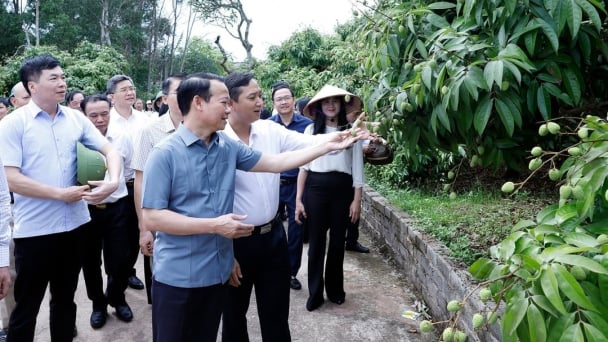
(VAN) Agriculture and environment sector experienced a 3.74% increase in growth during the first four months of 2025, with exports surpassing 21 billion USD. This growth was sustained by effective reforms and a trade surplus.
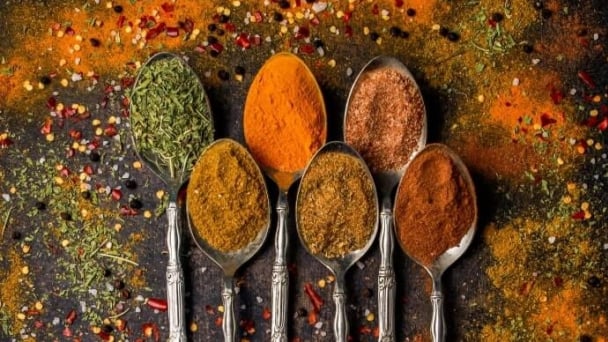
(VAN) Taiwan offers a promising market for Vietnamese turmeric; however, it enforces stringent standards, particularly concerning residual additives, colourants, and substances with potential carcinogenic effects.

(VAN) Through activities at Vietnam Sea and Island Week 2025, solutions will be developed to fully harness the potential and advantages of Vietnam's marine economy.
![Multi-channel, multi-directional Vietnamese agricultural markets: [4] EVFTA and the 0% tax advantage](https://t.ex-cdn.com/nongnghiepmoitruong.vn/608w/files/linhnhp/2025/05/12/day-chuyen-che-bien-tom-tai-1-nha-may-cua-sao-ta-205536_359-1044193.jpg)
(VAN) The near-complete elimination of import tariffs on Vietnamese goods makes the EVFTA the highest commitment the EU has ever made to a partner in its signed trade agreements.
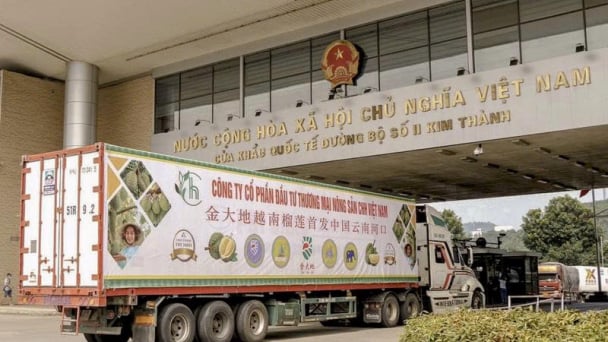
(VAN) Deputy Minister Phung Duc Tien hopes that China will facilitate the entry of Vietnamese agricultural products into its market and accelerate customs clearance at border gates.
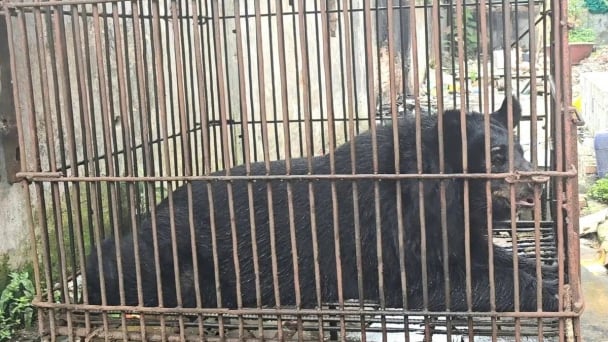
(VAN) On May 10, the Animals Asia Foundation and the Hai Phong Crop Production and Forest Protection Department successfully rescued a nearly 20-year-old sun bear that was being kept by locals.
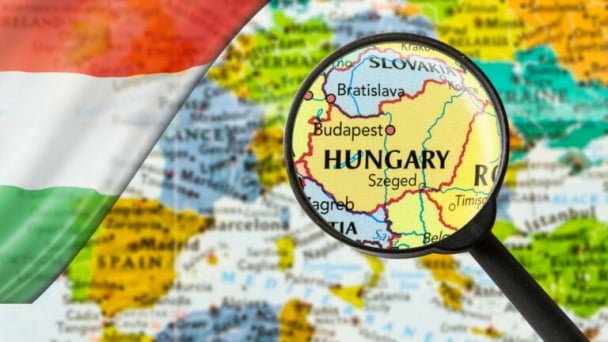
(VAN) Does Hungary have an opportunity to expand poultry production in the coming years despite the pressure from avian influenza and challenges of the trade war?